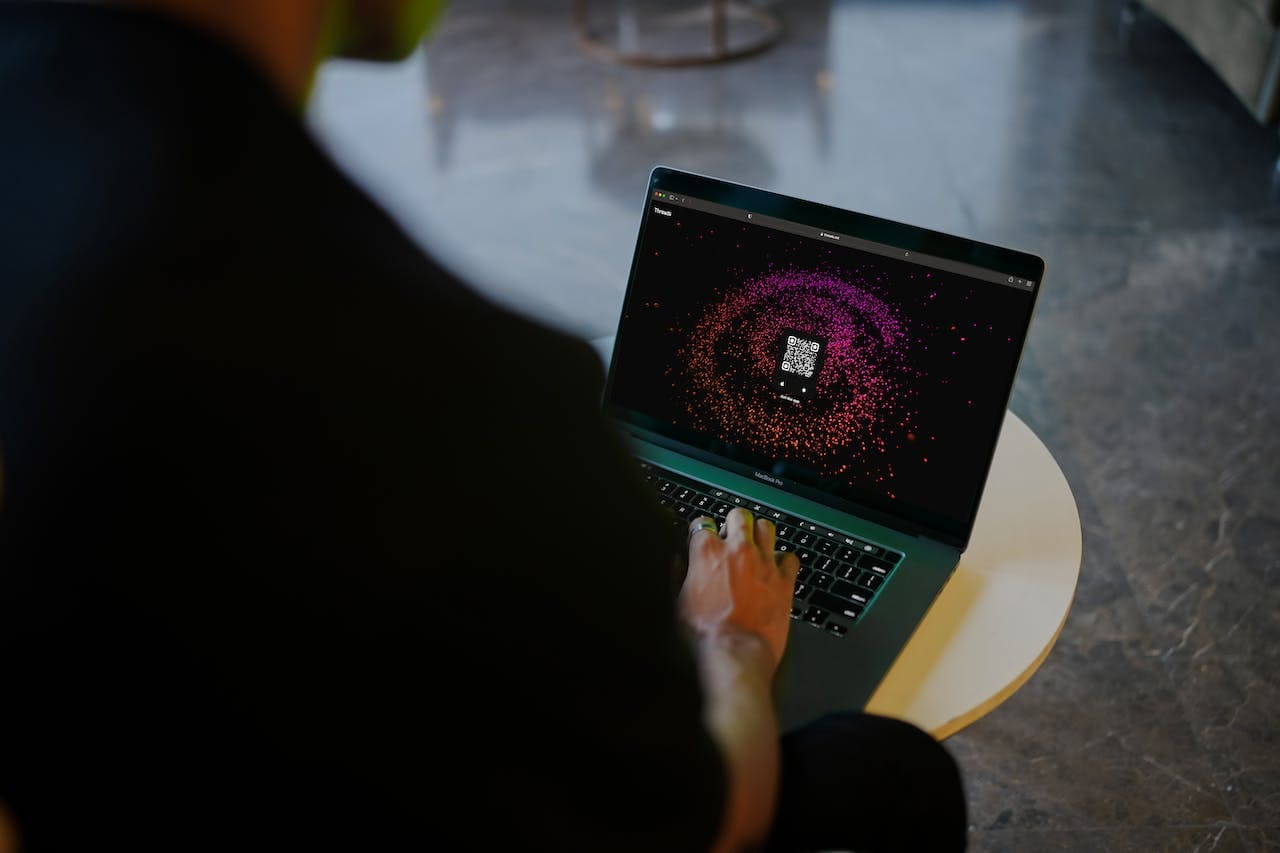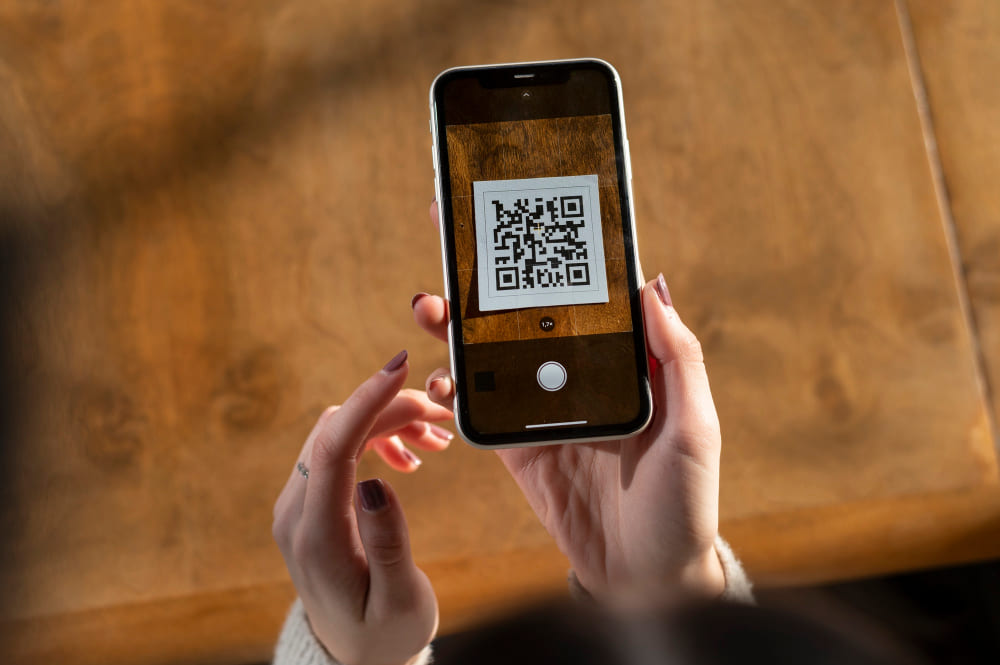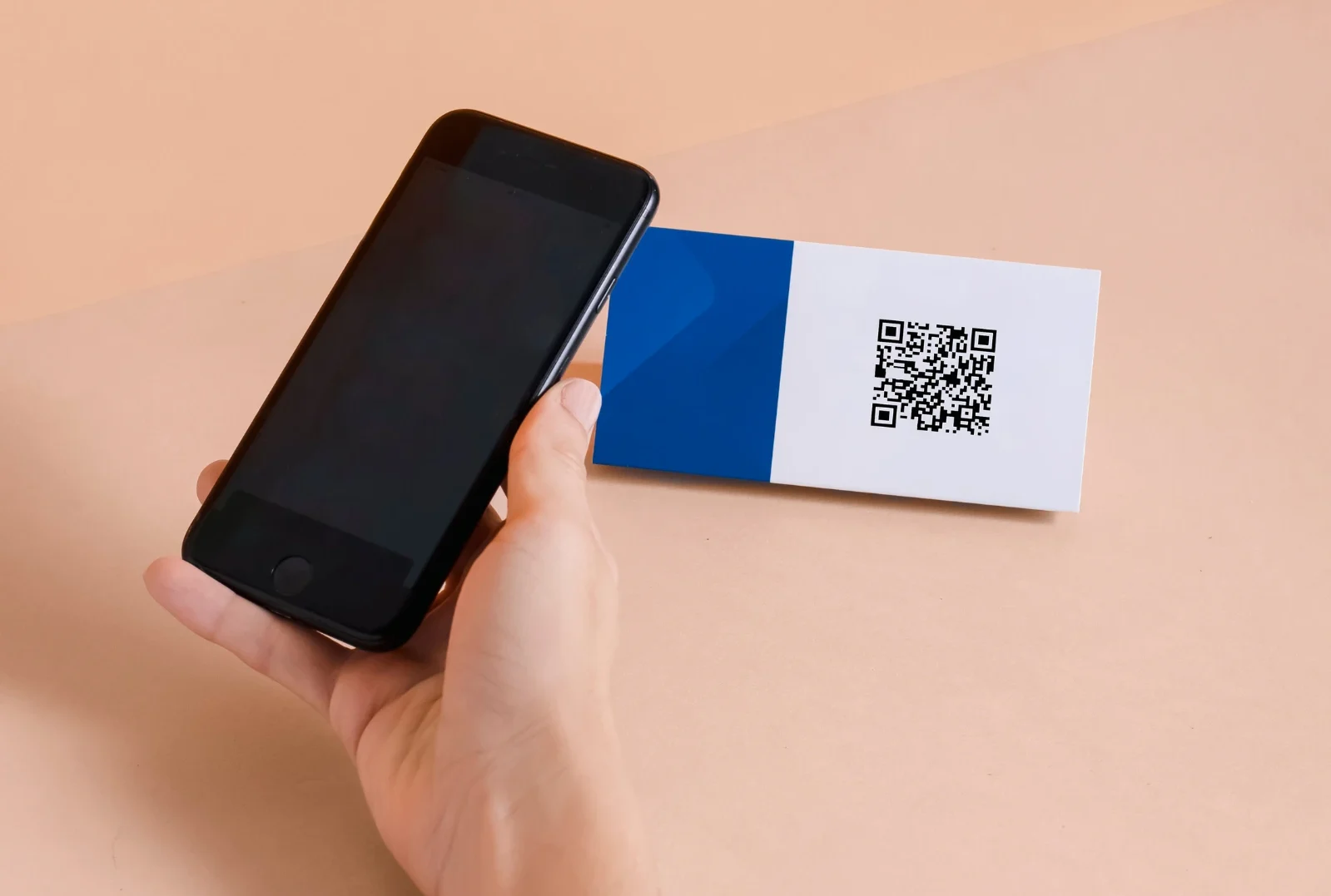How QR Codes Are Revolutionizing Everyday Life

The simple QR code, previously limited to cereal boxes and magazine ads, has undergone a transformation. It has evolved into an omnichannel marvel that seamlessly connects the digital and physical domains. The following examples show how QR codes are integrating the digital tapestry into our daily lives.
1. Changing Travel: Your Smartphone as your Global Tour Guide:
Imagine yourself walking around the Louvre, a historical site, learning its secrets using your phone. Bulky headphones and linguistic barriers can be replaced with entertaining audio narratives in multiple languages using QR codes. This method has been adopted by museums around the world, including the British Museum and the Rijksmuseum.
Scannable codes on street corners in busy cities like Barcelona activate educational audio tours that take you through secret passageways. By integrating QR codes for quick access to restaurant menus, hotel check-in, and activity bookings, travel apps like TripAdvisor streamline travel logistics and make the most of valuable vacation time.
Statistics confirm this shift: a 2023 study by Global Market Insights predicts the global QR code market in travel and tourism to reach a staggering $5.8 billion by 2028.
2. Evolution of Education: Learning beyond textbooks:
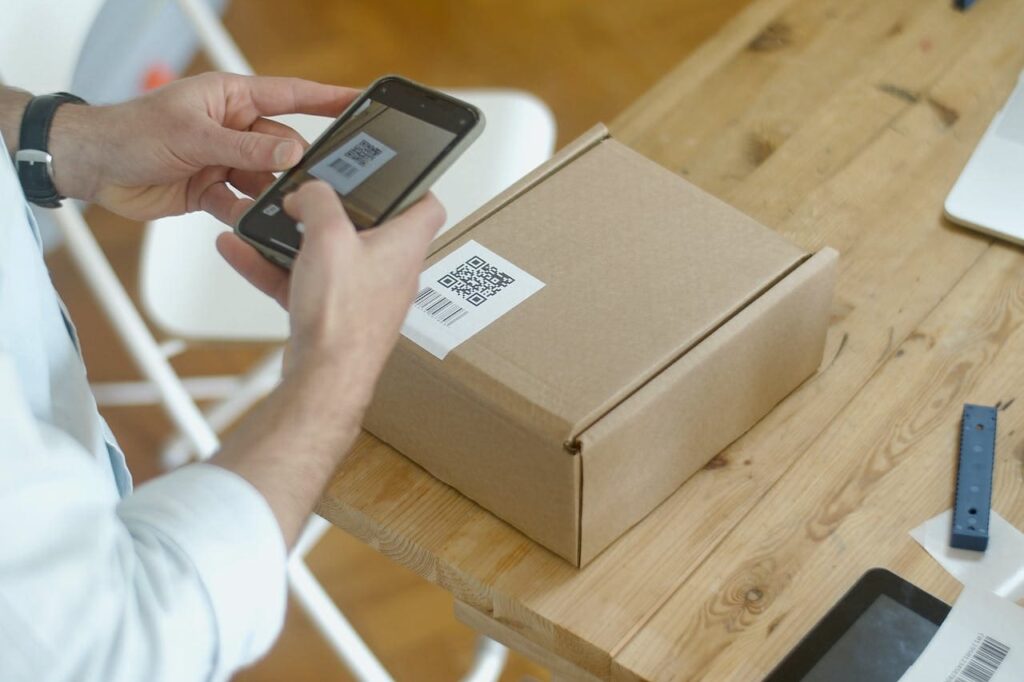
This interactive, visual method engages students and accommodates a variety of learning styles. Over 90% of textbooks in Japan include QR codes for additional content, while schools in India use them as a means of self-paced learning and feedback systems
In classrooms, QR codes are encouraging personalized learning and participation. Being able to access a virtual tour of Ancient Rome by scanning a code in a history textbook or viewing a 3D simulation of cell division by scanning a code in a science textbook.
3. Reshaping Retail: A seamless blend of online and offline:
The retail experience is being revolutionized by QR codes. Instantly see size availability, user feedback and care instructions by scanning a code on a clothing rack. Scan the barcodes of fresh produce in grocery stores to get details about its origin, nutritional value and even recipes.
Companies like Nike and Sephora offer augmented reality (AR) experiences, special discounts, and customized product recommendations through QR codes. According to a 2022 eMarketer analysis, 46% of US consumers currently use QR codes to find product information and make purchases. This seamless integration of online and offline experiences makes shopping easier, increases engagement and increases sales.
4. Beyond payments: Contactless convenience takes center stage:
Use Fast Scan to pay for your coffee at the café to avoid long lines and speed up transactions. This technology is also being used by street sellers, who now take payments using scannable codes linked to digital wallets.
Do you remember how inconvenient it was to reach for change or swipe a card contaminated with bacteria? Contactless convenience is about to enter a new era thanks to QR codes. At restaurants, you can order by scanning a code at the table, view the menu and even split the bill digitally.
According to Juniper Research’s 2023 research, there will be $1.2 trillion in global QR code payment transactions by 2025, which shows how fast this touchless technology is being adopted.
5. Bridging the gap: Access for all:
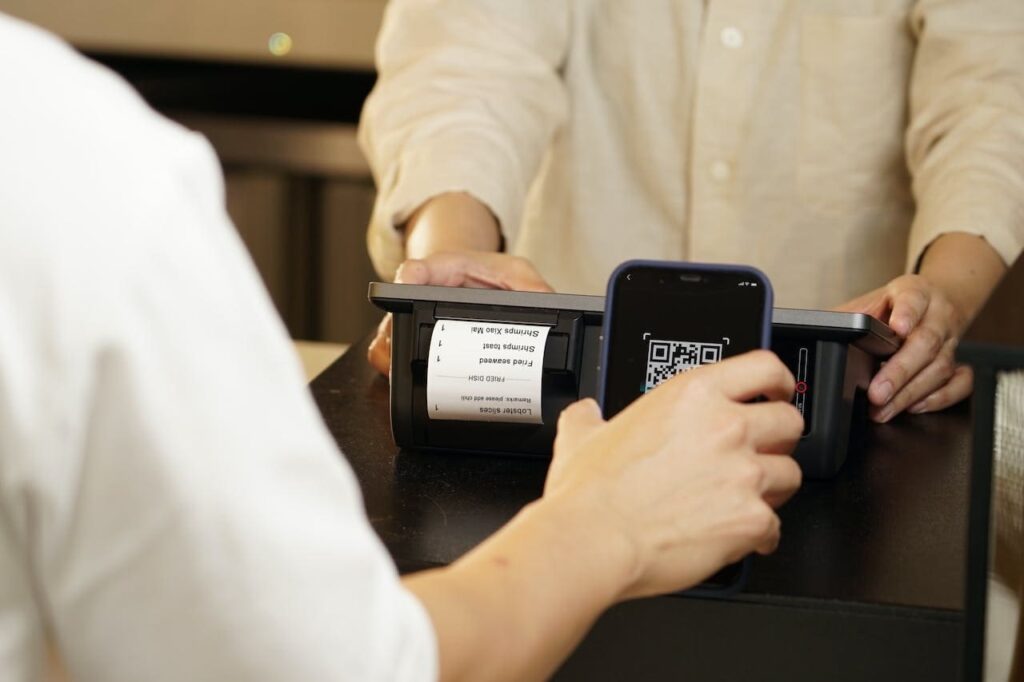
Language barriers are removed and people with disabilities are empowered by QR codes. Through scanning, museums can provide audio interpretation of artwork currently on display, allowing people with visual impairments to access it. Libraries can reach larger audiences by offering translated content through scannable codes or e-book downloads.
A deaf visitor to a tourist destination being able to instantly receive a video explanation in sign language by scanning a code. This inclusivity ensures that despite boundaries and cultural differences, everyone can connect with the world around them.
6. Creative Canvas: Art Meets Technology:
Graffiti artists use scannable codes embedded in their work to reveal secret narratives or augmented reality experiences. With creativity and technology, public spaces are transformed into dynamic platforms that invite interaction and awe while pushing the boundaries of art.
Artists are increasingly using QR codes as canvases for their works. They are used by artists such as Rafael Lozano-Hemmer to create interactive works that react to the viewer’s actions.
7. Gamification on the go: Transforming everyday spaces into playgrounds:
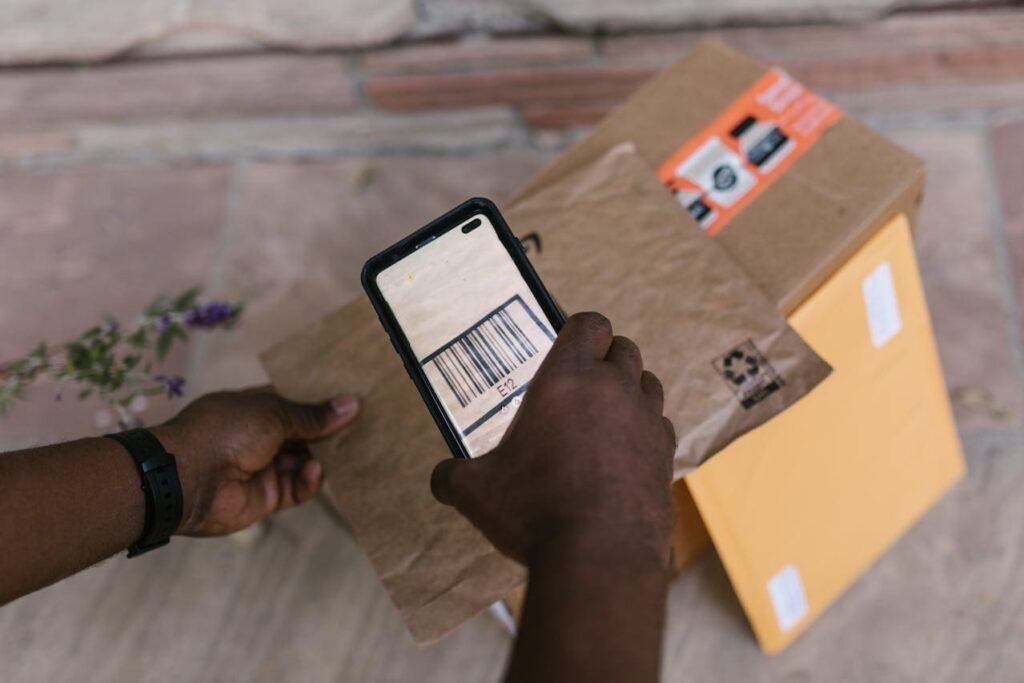
Our daily environment is being revitalized by QR codes, which simplify everything. Imagine traveling to a city with downloaded software that takes you on an exploratory exploration of places like parks, stores, and historical sites using scannable codes.
Code-scanning puzzles and challenges can be incorporated into museum exhibits to make learning an engaging experience. Scannable codes can be used by brands to offer incentives and interesting challenges in their marketing initiatives. This gamification component encourages more interaction with brands and their goods in addition to adding a sense of intrigue and entertainment.
According to a 2023 Statista study, 62% of US Gen Z customers prefer brands that use interactive technologies like QR codes, demonstrating their ability to attract and retain younger audiences.
8. Sustainability Champion: Reducing Paper and Embracing a Green Future:
The champions of sustainability are QR codes. They contribute to a greener earth by reducing paper waste and the need for printed products. To conserve resources and forests, restaurants can replace paper menus with scannable codes that can be accessed through customers’ phones. Instead of using brochures and flyers, businesses can use scannable codes that reduce their environmental impact and deliver all information digitally. Apart from being better for the environment, this move towards a paperless future also saves money and simplifies corporate operations.
9. Democratization of Information: Knowledge at your Fingertips:
People can easily get information by using QR code. Imagine being able to learn about the history, architecture and significance of a new city by scanning a code on a historical monument. Local authorities can embed codes on signage for public transport, to provide real-time updates and route information to passengers.
Governments can use scannable codes to deliver key public health alerts or community services to guarantee that everyone has access to vital information. This democratization of knowledge reduces barriers, gives more power to people, and encourages wise decision making.
10. Data-driven future: Waiting for insights with every scan:

Restaurant uses QR code scanning to determine what food is popular, maximize menu selection, and customize recommendations for returning customers. Scannable codes can be used in museums to identify areas of improvement, visitor engagement patterns and display trends. Using a data-driven strategy, companies and organizations can improve audience service and make more informed decisions.
QR codes are not only useful tools, but they also contain a lot of information. Each scan yields informative data regarding user activity. Companies are able to monitor how users engage with the code, find out their preferences, and adjust their services accordingly.
Conclusion
As you can see, the simple QR code has come a long way from its simple origins to become a powerful force that changes our daily lives. Adaptable classrooms are creating a digital that connects us to knowledge, experiences, and each other in new and engaging ways. Thus, the next time you come across a QR code, try opening a world of opportunities by scanning it instead of just walking by.
Museums use them for virtual tours, audio guides, and quick access to multilingual information. Cities offer interactive scavenger hunts and historic site explanations. Passengers can also skip queues and pay for activities with QR codes.
QR codes are similar to barcodes but can store more information and can be scanned from any angle. They look like black and white patterned squares.
Yes, They can provide visual impairment-friendly audio description, access to translated content, and even increase information access for deaf individuals through sign language video explanations.
QR codes eliminate paper menus and provide product information, reviews, and even augmented reality experiences. They enable contactless payments and personalized recommendations, streamlining the shopping journey.
Yes! By replacing paper brochures, menus and flyers, they reduce paper waste and contribute to a greener future. Many businesses are adopting this shift toward a paperless approach.
